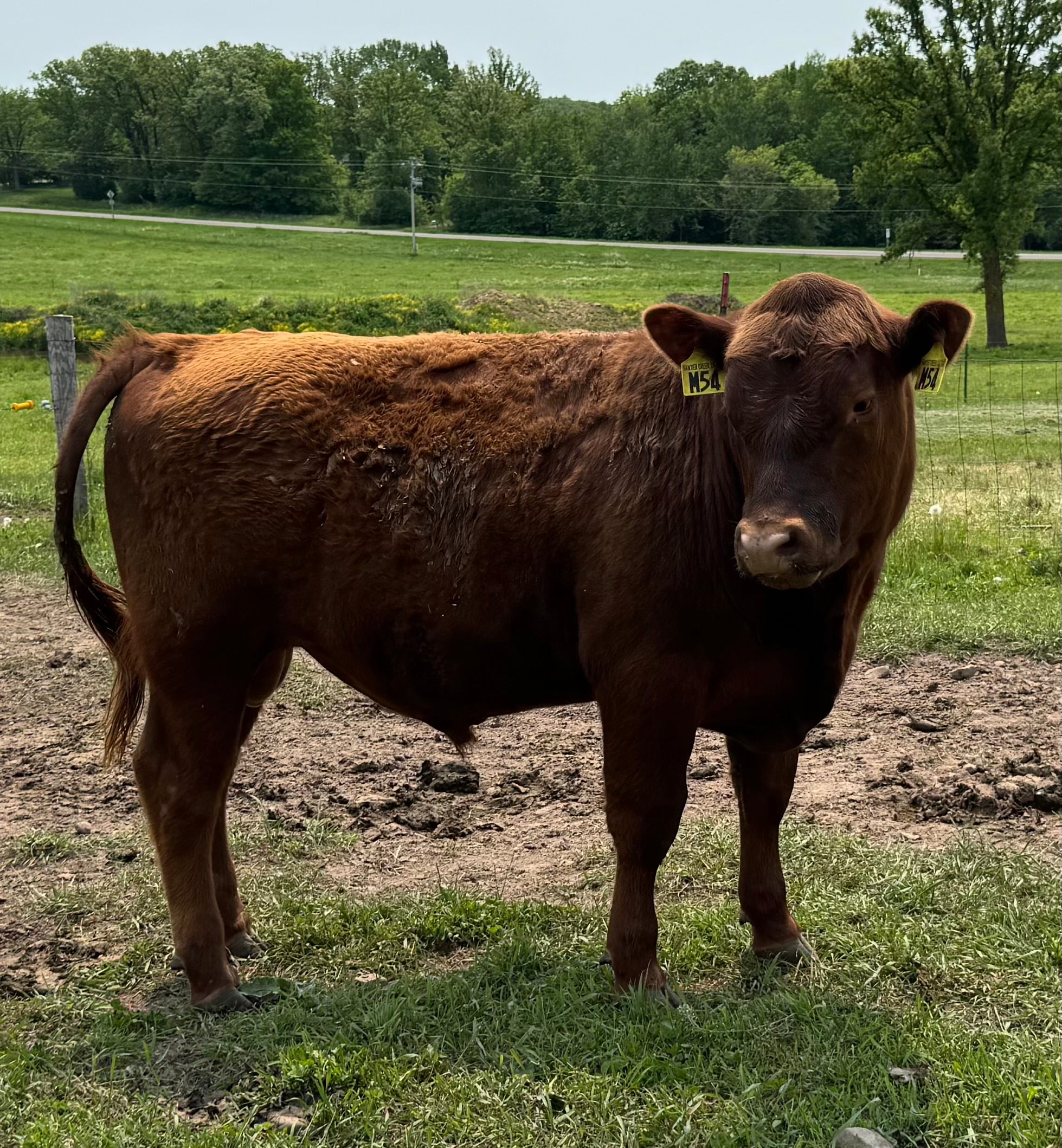Maximizing Every Cut: Tips on using every part of your grass-fed beef order for nutritious meals
When you order grass-fed beef from Sawyer Creek, you’re investing in high-quality, nutrient-dense meat. But do you know how to use every cut efficiently? From premium steaks to lesser-known cuts, making the most of your beef order ensures nothing goes to waste while maximizing flavor and nutrition.
Understanding Your Cuts
Each part of a grass-fed steer offers unique flavors and textures. Knowing how to prepare and cook different cuts can help you create satisfying meals without waste.
-
Premium Cuts (Ribeye, T-bone, Tenderloin): Best for grilling, pan-searing, or broiling, these cuts shine with minimal seasoning and a quick, high-heat cooking method.
-
Roasts (Chuck, Brisket): Slow cooking is key for these tougher cuts. Braising or using a slow cooker helps break down connective tissues, resulting in tender, flavorful meals.
-
Ground Beef: The most versatile option, perfect for burgers, meatballs, tacos, and casseroles. Grass-fed ground beef has a leaner profile, so avoid overcooking to retain moisture.
-
Short Ribs: Braising in broth or wine enhances the richness and creates a nourishing meal.
-
Organ Meats (Liver, Heart, Kidneys, Tongue): Often overlooked but highly nutritious, these can be incorporated into meals by mixing with ground beef or sautéing with onions and herbs. Tongue, when slow-cooked or braised, becomes tender and flavorful—perfect for tacos, sandwiches, or slicing and serving with mustard or horseradish.
Smart Cooking & Storage Tips
To ensure your beef stays fresh and delicious, proper handling and storage are essential:
-
Freeze in Portions: Divide large cuts into meal-sized portions before freezing to make meal prep easier.
-
Already Vacuum-Sealed: Our beef comes vacuum-sealed to preserve freshness and prevent freezer burn.
-
Thaw Properly: Always thaw beef in the refrigerator for even defrosting and to prevent bacterial growth.
-
Utilize Leftovers: Save bones for broth, use cooked meat in salads and wraps, and transform leftovers into new meals like stir-fries or tacos.
Cooking for Maximum Flavor
Grass-fed beef has a different fat composition than grain-fed beef, requiring slight adjustments in cooking:
-
Lower Cooking Temperatures: Grass-fed beef cooks faster due to its leanness, so reduce heat to avoid toughness.
-
Let it Rest: Allow cooked meat to rest for a few minutes before slicing to retain juices.
-
Use Healthy Fats: Cooking with butter, ghee, or tallow enhances flavor while keeping the beef moist.
Make the Most of Bones and Fat
-
Bone Broth: Simmer beef bones for a nutrient-rich broth packed with collagen and minerals.
-
Rendered Fat (Tallow): Use for frying, roasting, or making homemade cooking oil alternatives.
A Nose-to-Tail Approach
Using the entire animal supports sustainable farming and ensures you get the most value from your beef order. By exploring different cuts and cooking methods, you can enjoy a variety of nutritious, flavorful meals while reducing waste.
For high-quality, grass-fed beef straight from the farm, visit Sawyer Creek’s farm store and make the most of every cut.
